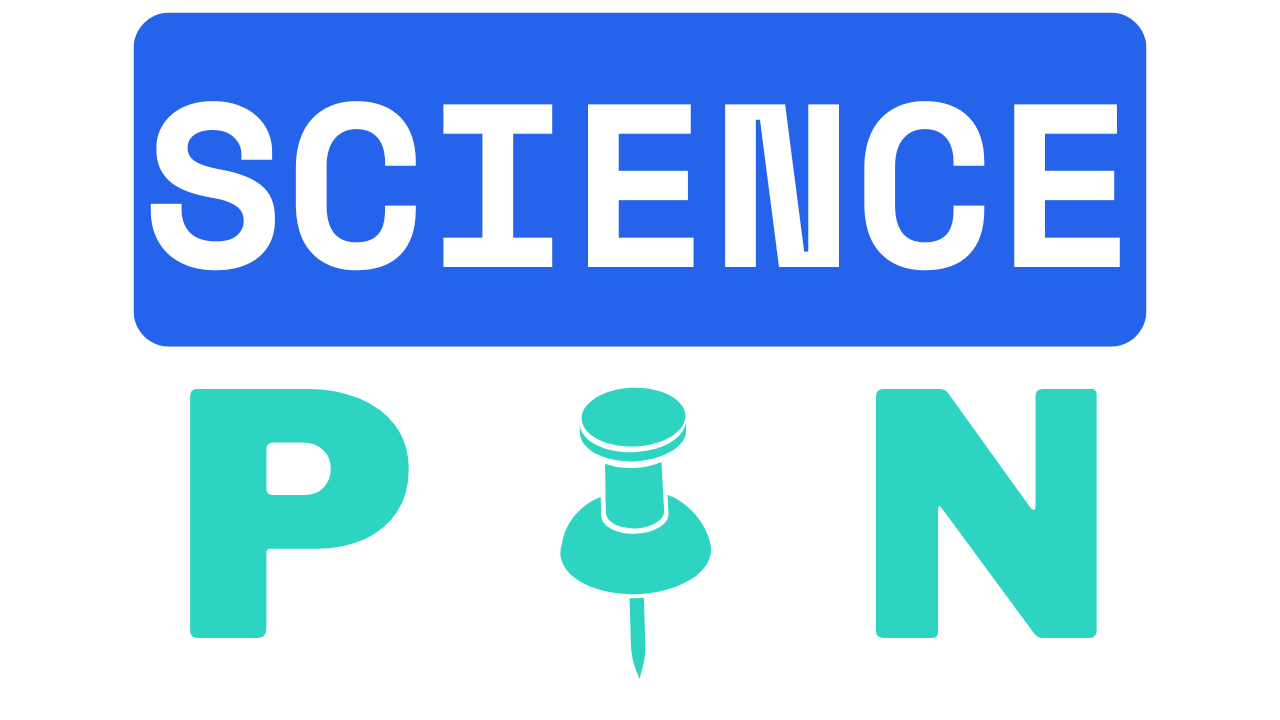Scientists are closer than ever to hacking the biological clock. But should they? As researchers unlock the mechanisms of brain plasticity exercises, we gain practical tools to cultivate better habits, accelerate recovery from injury, and amplify cognitive capacity Harvard Health. Yet with great power comes great responsibility: altering the brain’s wiring demands both scientific rigor and ethical reflection.
Understanding Neuroplasticity
Neuroplasticity refers to the brain’s lifelong ability to reorganize synaptic connections in response to experience, learning, or injury Verywell Mind. Although most pronounced in childhood, adaptive changes continue throughout adulthood and can be accelerated by specific interventions:
- Synaptic strengthening & pruning: Frequently used pathways grow stronger, while unused ones are pared back Verywell Mind.
- Neurogenesis: The birth of new neurons in regions like the hippocampus—a process once thought limited to early development—persists after injury and in healthy adults Nature.
- Glial modulation: Supporting cells adjust to facilitate or inhibit new network formation, especially post-trauma.
Brain Plasticity Exercises for Better Habits
- Aerobic exercise leaps to the fore—it triggers release of brain-derived neurotrophic factor (BDNF), a key growth factor that strengthens synaptic connections and fosters learning Harvard Health.
- Cognitive training (e.g., dual-task exercises, memory games) shows moderate gains in executive function and verbal memory, particularly in TBI patients Frontiers.
- Novel skill acquisition—learning a musical instrument, a new language, or complex video games—prompts widespread cortical reorganization Medical News Today.
Putting It Into Practice
- Routine: Aim for 150+ minutes of moderate aerobic activity weekly, per U.S. guidelines Harvard Health.
- Variety: Rotate activities—puzzles one day, dance or martial arts the next—to engage different networks.
- Progression: Gradually increase challenge, ensuring affected pathways are continually stretched.
Neurogenesis After Injury: A Path to Recovery
- Traumatic brain injury (TBI) initiates transient surges in hippocampal neurogenesis, albeit sometimes at the expense of astrogliogenesis Nature.
- Growth factor strategies—targeting enzymes like adenosine kinase (ADK)—show promise in preclinical models for bolstering neuronal survival and differentiation post-injury ScienceDirect.
- Stem cell–based therapies are under investigation to transplant supportive scaffolds and rejuvenate endogenous neurogenic niches.
| Strategy | Mechanism | Evidence Strength |
|---|---|---|
| Aerobic exercise | ↑ BDNF & VEGF | High Harvard Health |
| ADK inhibition | ↑ neuronal differentiation | row2 col 3 |
| Biomaterial scaffolds | ↑ NSC activation | Emerging |
| Cognitive rehab training | ↑ executive function recovery | Moderate Frontiers |
Mindfulness and Neuroplasticity: Cultivating Change
Meditation and mindfulness are more than stress-reduction tools—they sculpt the brain:
- Cortical thickness increases in prefrontal and insular regions after sustained practice, correlating with improved attention and emotional regulation PMC.
- Amygdala reactivity diminishes over time, fostering resilience to stress PMC.
- Functional connectivity among default-mode, salience, and executive networks strengthens, enhancing focus and memory Nature.
Integrating Mindfulness
Daily practice: Begin with 10 minutes of guided breath awareness, progressing to 20–30 minutes.
Active reflection: Combine mindful journaling to solidify insights and observe habit loops.
Hybrid protocols: Pair mindfulness with light aerobic activity (e.g., mindful walking) to synergize plasticity benefits.




0 Comments